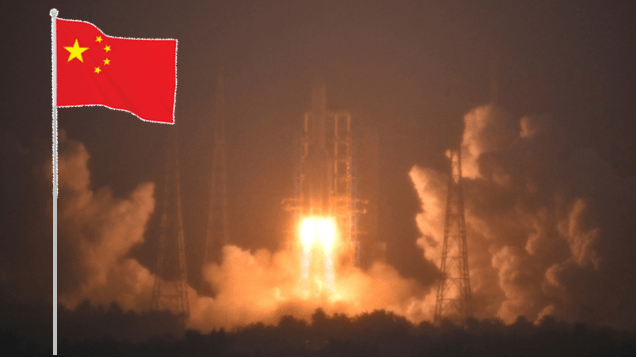Battle for Space supremacy: China sends rocket to the moon
China has successfully launched a rocket to the moon, initiating a mission to gather samples from the far side of the Moon, marking a significant milestone in space exploration. The Chang’e-6 probe, launched from the Wenchang Space Launch Center, aims to retrieve approximately two kilograms of lunar samples for thorough analysis on Earth.
Notably, the probe will attempt to relaunch from the side of the Moon that is not visible from Earth, commonly referred to as the dark side. This region, distinguished by its thicker, more ancient crust and abundant craters, offers a unique opportunity to uncover valuable insights into the Moon’s formation. Ge Ping, the vice director of China’s Lunar Exploration and Space Engineering Center, expressed excitement about the mission, emphasizing that it will be the first time samples are collected from this particular lunar region.
Named after the Moon goddess, Chang’e-6 is expected to make a gentle landing in the South Pole-Aitken Basin, an expansive depression spanning 2,500km in width and up to 8km in depth. Equipped with a drill and a mechanical arm, the probe will gather lunar soil and rocks, as well as conduct various experiments. To facilitate communication with Earth, a relay satellite named Queqiao 2 will be employed. This launch signifies the initial step in China’s ambitious plan to execute three uncrewed missions to the Moon within this decade.
Chang’e-7 is set to explore the water resources at the lunar south pole, while Chang’e-8 will focus on assessing the technical feasibility of constructing the International Lunar Research Station. The previous mission, Chang’e-5, successfully brought back the youngest lunar lavas in December 2020. This recent launch signifies another significant milestone in China’s space exploration program, which is in competition with the United States. China made history five years ago by being the first nation to land a rover on the far side of the Moon. By 2030, China aims to send its first astronauts to the Moon and conduct sample collection missions to Mars and Jupiter.



